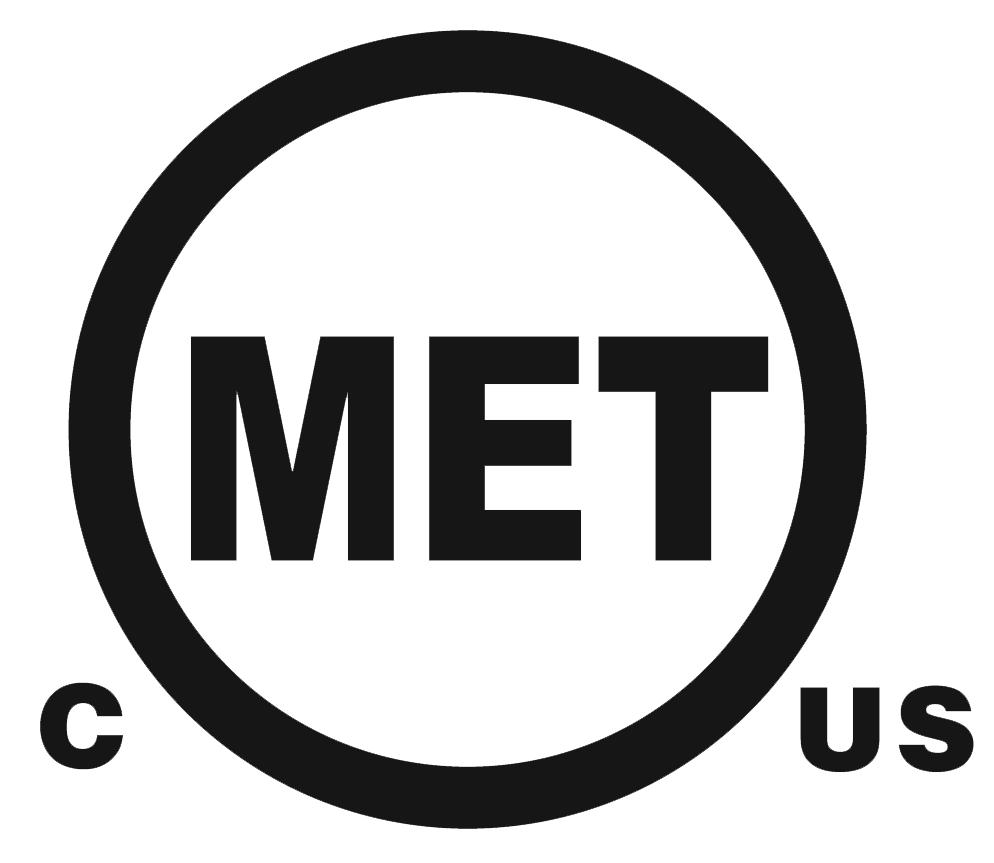Explaining Certifications and Approvals for Industrial Instrumentation
As with many regulatory compliance matters, navigating code requirements for industrial automation projects can range from mildly confusing to virtually impossible! No singular body of code tells controls engineers what regulations their projects must comply with, complicating a seemingly simple task like specifying a sensor. But, there is hope. One very useful way that instrumentation manufacturers such as Whitman Controls help streamline compliance is by using Certification, Approval, and Testing marks.
Let’s define each of these items, and then go on to an example:
- Certification – the highest level of instrument evaluation, Certifications typically involve intense engineering review, rigorous physical testing, documentation alignment, and ongoing manufacturer audits in order to assure compliance.
- Approval – in most cases, an Approval is an administrative or legal decision made to grant a product the right to carry a third-party mark or symbol. Approvals state that a manufacturer can produce their products in alignment with strict requirements. Physical testing is not always performed, nor is ongoing testing or re-approval.
- Testing – instruments that carry a Testing or Tested mark convey that samples of the product were physically tested against and confirmed to comply with written performance standards. Testing is typically quite limited to specific parameters – here a sensor is exposed to a certain condition, the results are read, and conclusions are documented in a Testing Report. Testing may be non-destructive or destructive (taking the unit past its failure point), and does not evaluate broader manufacturing criteria achieved through Certification or Approval processes.
Example Scenario
How does this all fit together? Let’s review an example.
A controls engineer is set to deploy a feed balance tank upgrade project within their plant’s potable water treatment system, and plant management has directed that all new components meet applicable local codes. The engineer researches this and determines that there are two important state codes to meet: one plumbing code section discussing potable water contact, and one electrical code section discussing electrocution protection. The code sections state their requirements, but not how to exactly satisfy them. Our engineer realizes that this is where third party evaluation comes in.
Third-party agencies develop standards and test batteries that are used to translate vague code expectations into tangible criteria. Once a third-party’s standards are ratified by industry, regulators and inspectors can solely look for the presence of Certification, Approval, and Testing marks from a Nationally Recognized Testing Lab (NRTL) to assure compliance.
Our controls engineer now knows that they need components bearing the mark of an NRTL, and they call Whitman Controls in search of instruments that comply. We confirm straight away that we can provide instruments precisely meeting their needs, by way of carrying the UL Recognized mark to meet electrical code requirements, and the NSF Approval mark to meet plumbing code requirements. Our ISO 9001 Quality Management certification doesn’t hurt either – while not required by code, it does instill a heightened level of confidence that our instruments offer ultra-high quality, reliability, and accuracy.
Common Certification Marks
 |
UL Listed Certification The Underwriter’s Laboratory (or UL) is a third-party, international standards and testing organization that evaluates a product’s safety, conformity, and performance against its stated metrics. UL marks are the de facto standard for instrumentation certifications, conveying to users that the device has been independently tested and certified to be safe for use.
|
|
UL Recognized Certification Where the above UL Listing applies to completed end products, the UL Recognized mark mainly applies to component products that are intended for installation as part of a larger, UL Listed assembly or system. |
|
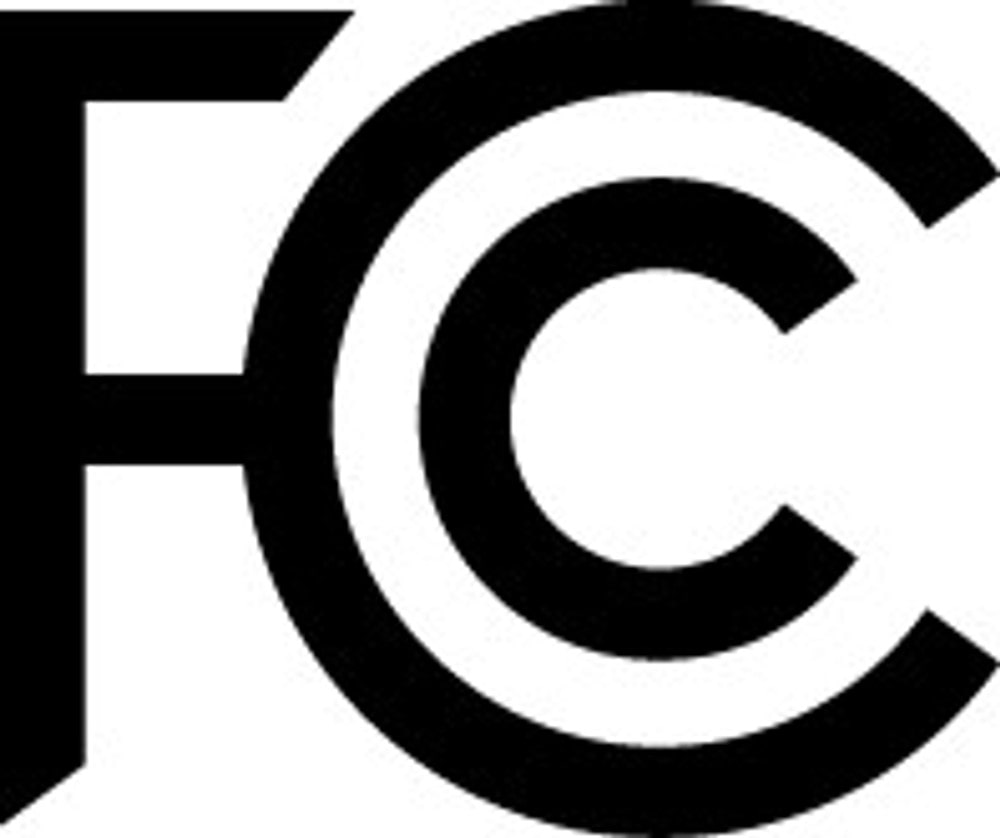 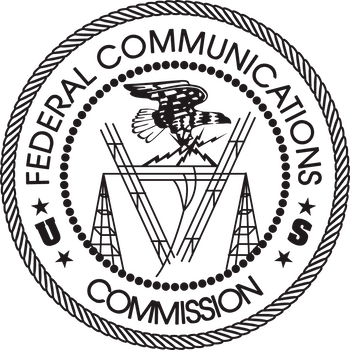 |
FCC Part 15 Certification The US Federal Communication Commission regulates devices that produce radio frequency (RF) emissions, assuring that our national radio traffic is properly managed. This includes a wide array of industrial instrumentation, communication and networking devices, and even large electrical gear that unintentionally produces RF noise. |
  |
International Certifications Canada, Europe, China, India, and many other countries have their own equivalents of UL Certification. Be sure to confirm interchangeability between countries before purchasing devices. |
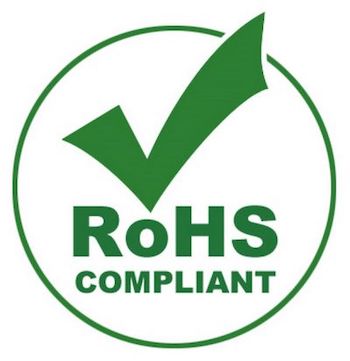 |
RoHS Certification Restriction of Hazardous Substances Directive (RoHS) Certification is a European regulation on electronic devices that confirms no presence of banned hazardous substances including lead, mercury, cadmium, hexavalent chromium, and similar harmful materials. The US does not currently recognize RoHS Certification at the federal level yet, but a growing number of US states have enacted similar or directly referential requirements. |
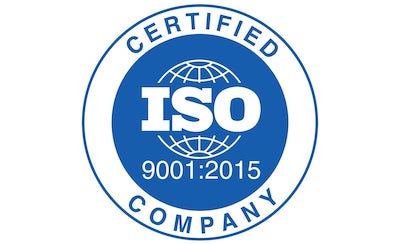 |
ISO 9001 Certification The International Standards Organization (ISO) has consolidated decades of worldwide process quality assurance expertise into a single comprehensive body known as the ISO 9001 Quality Management standard. Manufacturers carrying an ISO 9001 Certification have implemented extensively standardized production and business operations, which are continually reinforced through rigorous audits and inspections. |
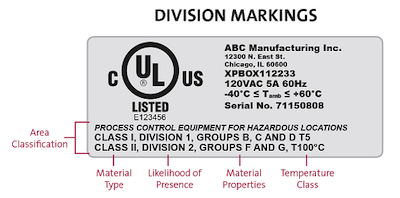 |
HazLoc Certification Hazardous locations are exceptionally sensitive to electrical and spark-inducing hazards, requiring special certifications for devices installed within them. In the US, the NFPA (National Fire Protection Association) requires devices installed in hazardous zones to be marked with specific classifications prescribed through their UL Listing. |
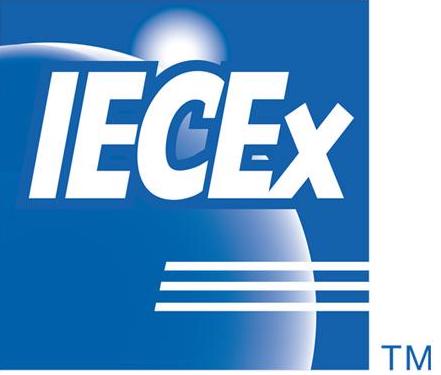 |
International Hazard Certifications Outside of the US, the most widely recognized hazardous environment mark is the European Union’s ATEX Certification, similar to but not interchangeable with the above UL HazLoc Certification. The International Electrotechnical Commission’s explosive environment (IECEx) Certification is another recognized variant. |
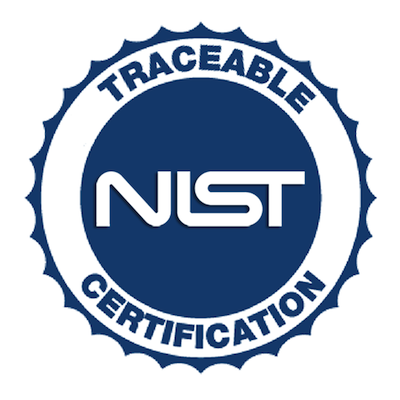 |
NIST Certification Assuring that process control instrumentation is properly calibrated is one of the most important elements of running a safe, reliable operation. The National Institute of Standards and Technology (NIST) offers certification for manufacturers calibrating their instruments before shipment, as well as for “master” calibration devices and labs used for field calibration. |
Common Approvals and Testing Marks
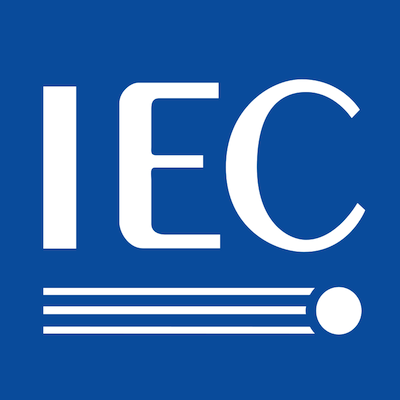 |
IEC Testing The International Electrotechnical Commission is a global organization that publishes performance and testing standards governing electrical, electronic, and similar technologies. For instrumentation products, the IEC provides third-party testing for a wide array of performative factors, such as vibration, shock, mean time to failure (MTTF), and related reliability metrics. |
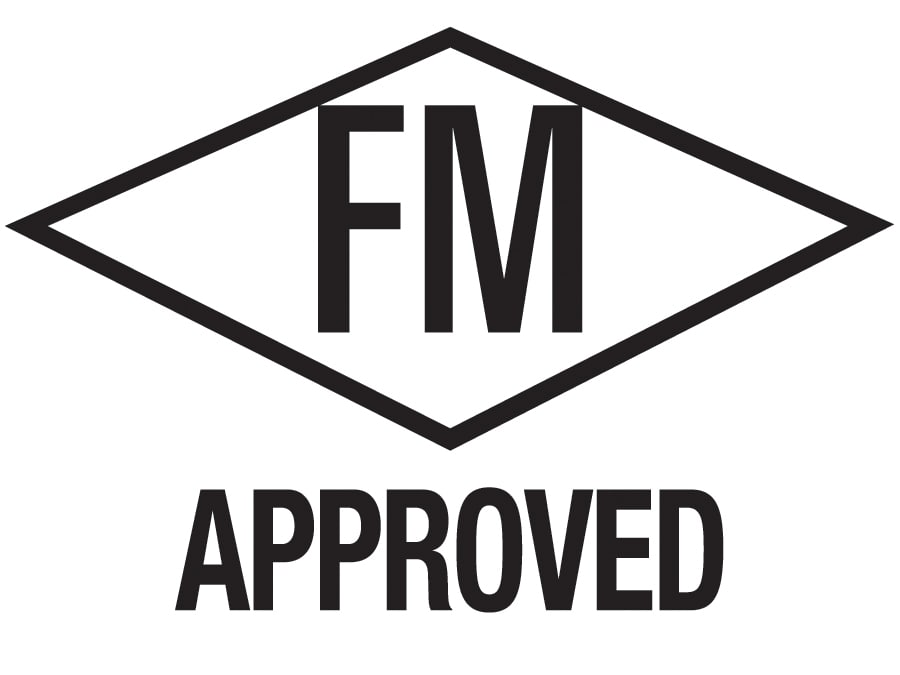 |
FM Approval FM Approvals is a nationally recognized testing arm of the FM Global Group, which is an insurance and property loss prevention company otherwise known as Factory Mutual. Products carrying FM Approval have been tested and / or reviewed to comply with performative standards that specifically combat commercial, property, and infrastructure losses. |
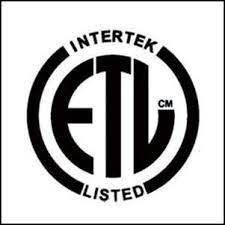 |
Electronic Testing Laboratory Approval Products carrying an ETL mark have been tested and approved by Intertek Testing Services, a nationally recognized testing agency that evaluates compliance with North American safety standards. ETL Approval is most often oriented towards OSHA, building, and construction projects and products. |
|
|
MET Approval The Eurofins MET Labs organization is a nationally recognized testing agency that provides product safety approvals for electrical products, evaluating against international, UL, and their own standards. |
 |
Federal Agency Approvals Multiple federal agencies operate their own approval processes, the most widely known of which are the FDA (Food and Drug Administration) and USDA (United States Department of Agriculture). Instruments that have been granted approval to carry such agency marks have been evaluated to comply with agency-specific requirements – with the FDA for example, specific standards include food and pharmaceutical product safety. |
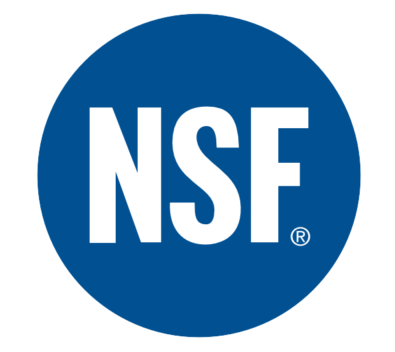 |
Health Code Approvals The National Sanitation Foundation (NSF) is a standards and testing agency that specifically targets public and environmental health requirements. Instruments with NSF Approval are typically found in food, water, and other products intended for mass direct human contact. |
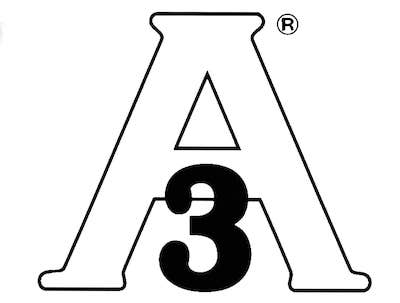 |
Private Standards Organization Approvals A wide variety of highly specialized, industry-specific organizations offer their own approvals and marks, such as the 3A mark shown here which covers Dairy and Hygienic Food Process / Manufacturing elements. While such independent approvals are not called for by law or written into regulatory code, many stakeholders and auditing parties in these industries will look for such approvals as a way to ensure the highest level of risk mitigation specific to their applications.
|
As a veteran-owned small business, Whitman Controls is dedicated to supplying premium quality, reliable, technologically advanced instrumentation for use in nearly any application. Our Bristol, CT manufacturing facility embodies over 40 years of engineering, fabrication, and customer service expertise, serving both end-user and manufacturing customers nationwide through direct and distribution channels. Our values drive us to provide the highest level of servant partnership that you can find. To discuss your applications or to learn more about our capabilities, please contact us at (800) 233-4401, via email at [email protected], or online at www.whitmancontrols.com.


